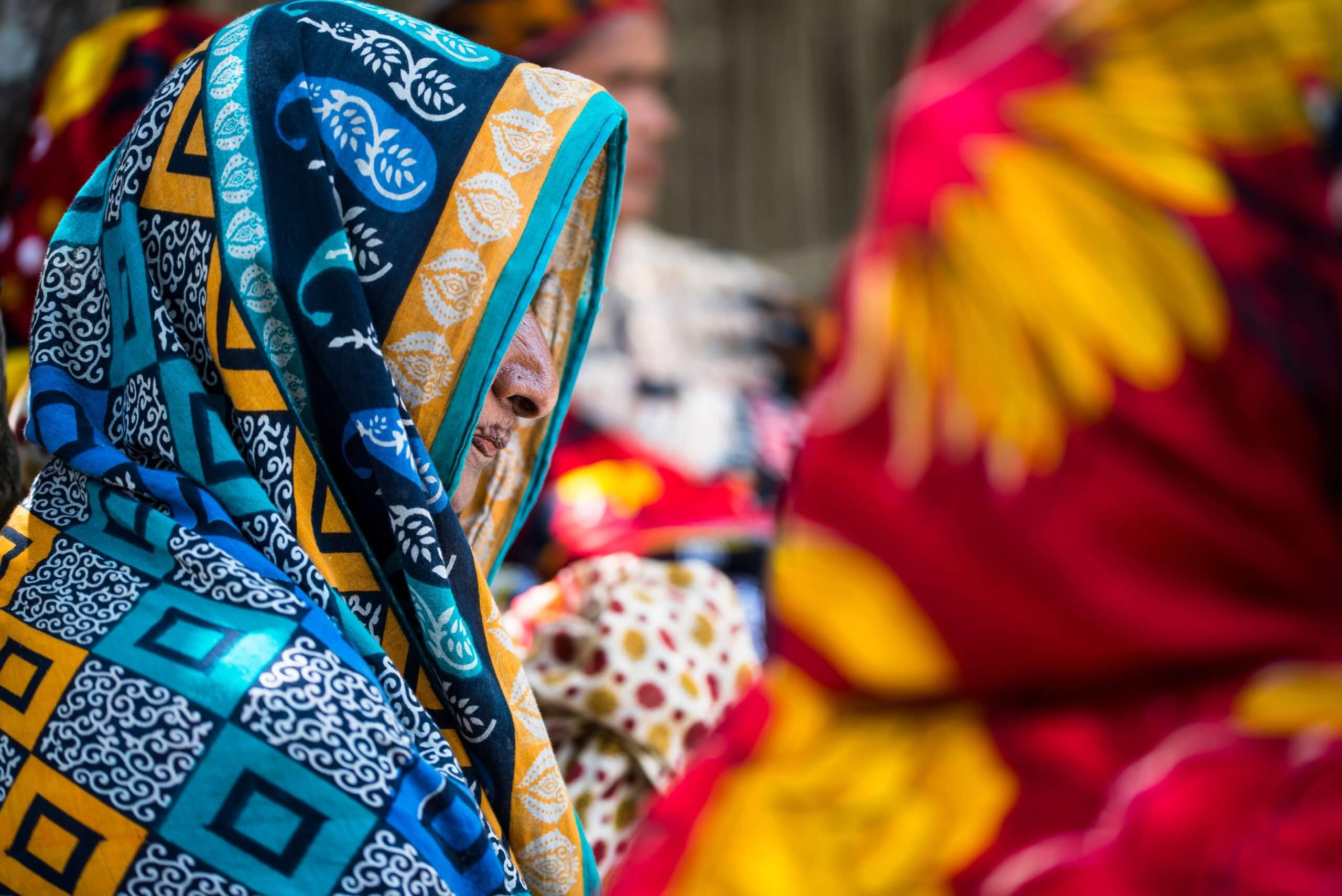
Livelihoods in in a tiger reserve
The past week I visited a handfull of villages within the Sathyamangalam Tiger Reserve and Wild Life Sanctuary. In cooperation with the Adivasi communities in these villages Keystone has worked to develop more sustainable and profitable ways to collect honey. There are farmers groups initiated by Keystone that save together, learn and share experience in agriculture and builds local seed banks. I talked to these farmers about what of their forest collect and their agriculture harvest they sell and how it contributes to their livelihoods. Some of the villages struggle with animals raiding their field and take multiple actions to protect their crops. Practising rain fed agriculture, which all the villages do, can be a challenge and creating a local seed bank can be a way in compiling seeds that suit the conditions of the particular place. Even if none of the villages have irrigation all of them have electricity (some are connected to government electricity while some only have solar power), and some can be furrowed using a tractor (which is impossible in many fields in the Nilgiris Biosphere Reserve because of the inclination).

An elephant that is known in the area for its food preferences (millets, beans and maize) came into this field a few days back.
I had many interesting talks with farmers about the difficulties they face when cultivating but also exciting solutions to poor trading alternatives for their produce.

